Dear jade enthusiasts, today we’ll delve into the distinctions between Hetian jade and jadeite. In the dazzling world of jade, Hetian jade embodies the grace of a refined gentleman, radiating a warm and scholarly elegance; jadeite, meanwhile, resembles a graceful lady, exuding a vibrant and captivating charm. Both are world-renowned jades commanding high market value and cherished by collectors. So what exactly sets them apart? Below, we’ll delve into their differences through several key aspects.
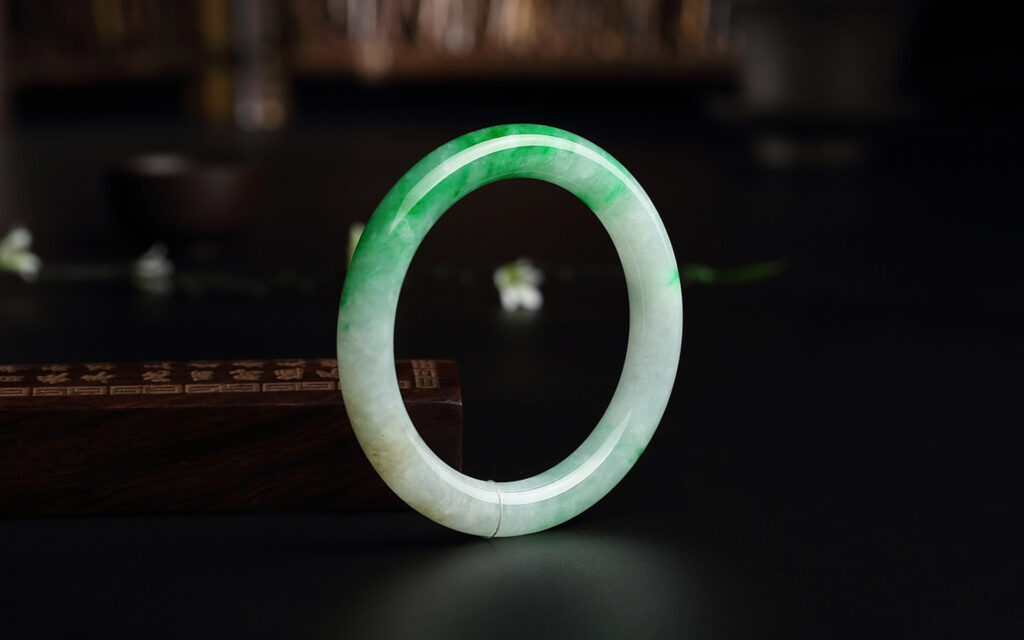
I. Appearance: A Visual Contrast of Warmth and Transparency
Hetian Jade: The Gentlemanly Scholar with Warm, Glutinous Texture
Hetian jade presents a warm, glutinous appearance, reminiscent of a refined scholar whose every gesture exudes composure and restraint. It is typically opaque, a quality that lends it an air of mystery. Simultaneously, Hetian jade possesses a distinct creamy, oily sheen. When touched, it offers a delicate, smooth sensation, akin to caressing a piece of warm mutton fat. This unique visual characteristic sets Hetian jade apart among jades, making it the epitome of warm beauty.
Jadeite: The Radiant Beauty with Translucent Brilliance
Unlike Hetian jade, jadeite exhibits a translucent and luminous quality, boasting vibrant colors and a glass-like sheen. When light passes through jadeite, it emits a crystalline radiance, as if containing boundless vitality and energy. This translucency lends jadeite a lively, spirited quality, much like a radiant young lady blossoming with captivating brilliance under the sun.
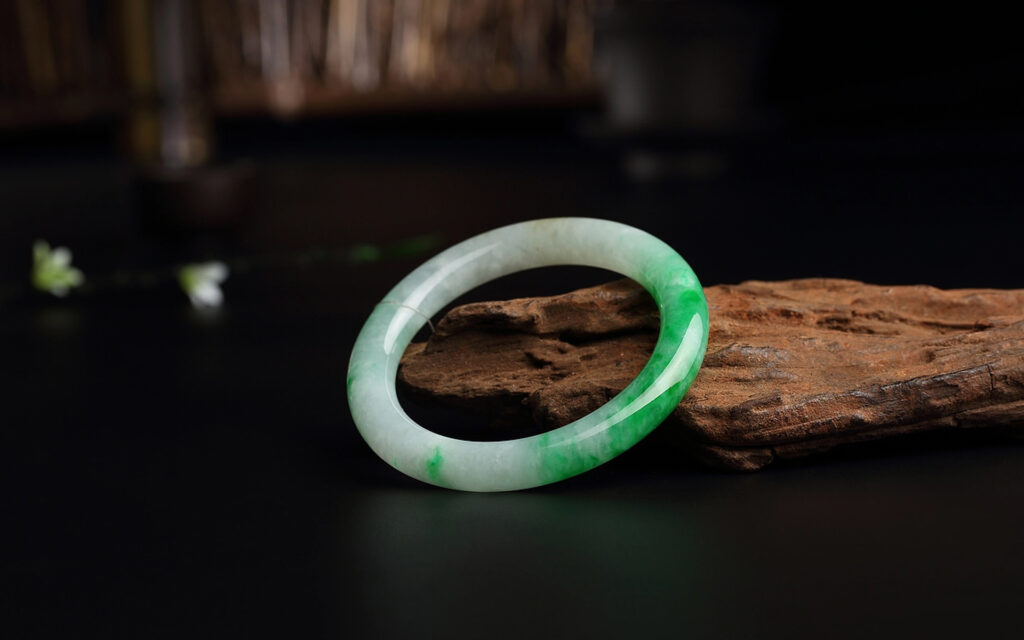
II. Composition: The Fundamental Difference Between Soft Jade and Hard Jade
Hetian Jade: Calcium-Magnesium Silicate Composition
Hetian jade belongs to the soft jade category, primarily composed of the mineral tremolite with a chemical composition of calcium-magnesium silicate. This unique mineral structure and chemical makeup determine Hetian jade’s physical properties and visual characteristics. The crystal structure of tremolite endows Hetian jade with excellent toughness and malleability, facilitating meticulous carving by artisans to achieve exquisite forms.
Jadeite: Sodium-Aluminum Silicate Composition
Jadeite, classified as hard jade, primarily consists of jadeite minerals with a sodium-aluminum silicate chemical composition. The high hardness of jadeite minerals gives jadeite excellent wear resistance and durability. Simultaneously, the sodium aluminum silicate chemical composition endows jadeite with its distinctive color and luster, enabling it to display a dazzling array of colors when illuminated.
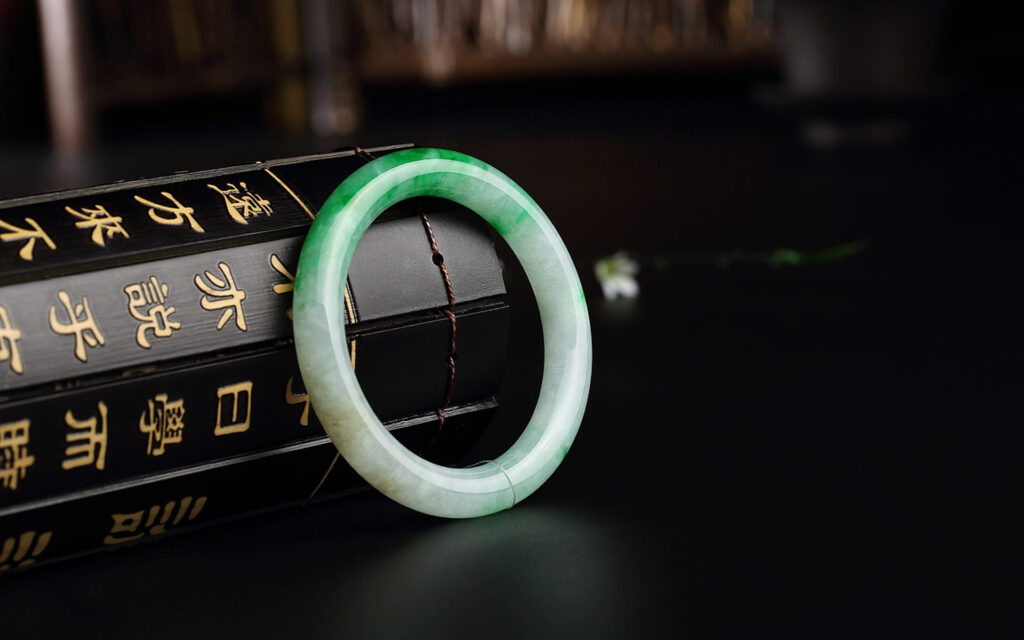
III. Color: A Classic and Diverse Feast of Hues
Hetian Jade: Predominantly White and Yellow, with Emerging Niche Colors
Hetian jade primarily features white and yellow hues, both classic and elegant, evoking a sense of purity and nobility. White Hetian jade resembles winter snowflakes, flawlessly pristine; yellow Hetian jade evokes autumn leaves, warm and mellow. In recent years, niche colors like pale green, porcelain blue, and smoky purple have emerged in the market. These unique hues add distinctive charm to Hetian jade, catering to consumers’ personalized color preferences.
Jadeite: Rich and Vibrant Colors
Jadeite boasts an even more diverse palette, featuring green, yellow, red, purple, and more. Among these, green is the most iconic and one of the most valuable hues. Green jadeite resembles spring foliage, brimming with vitality and energy; Yellow jade resembles autumn sunlight, warm and luminous; red jade resembles a burning flame, passionate and exuberant; purple jade resembles a dreamlike starry sky, mysterious and romantic. Jadeite’s myriad hues intertwine to form a dazzlingly colorful tapestry, captivating the beholder.
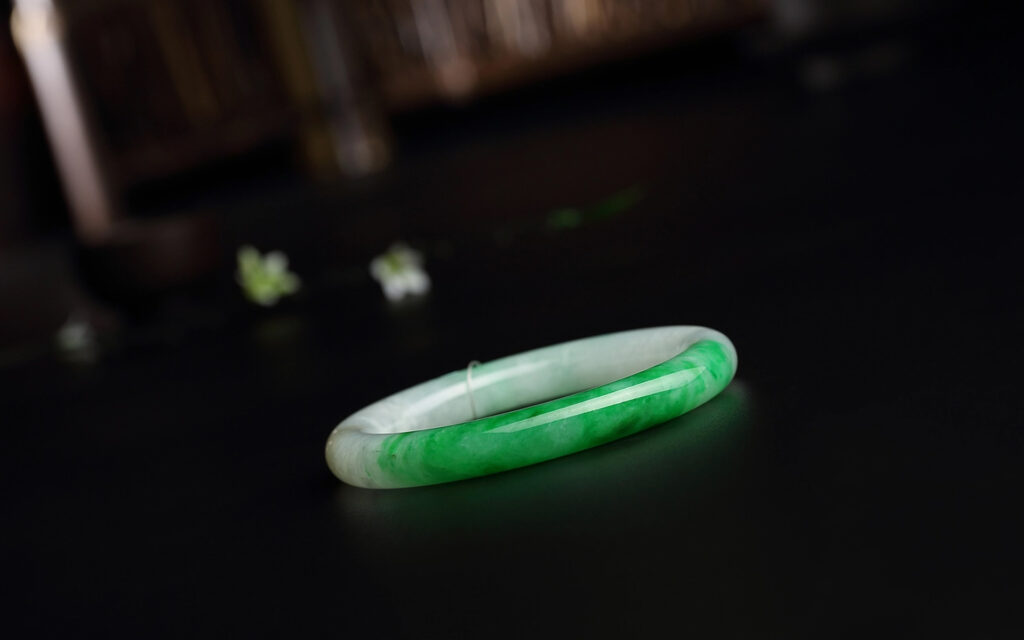
IV. Carving Themes: Traditional and Diverse Artistic Expression
Hetian Jade: Pendants and Small Ornaments Evoke Traditional Charm
Hetian jade carvings typically take the form of pendants and small ornaments. These pieces often carry rich cultural connotations and traditional symbolism, such as auspiciousness, good fortune, longevity, and joy. Carvers meticulously design intricate patterns based on the jade’s shape, color, and texture, seamlessly blending its warm beauty with traditional culture. Hotan jade pendants can be worn to add elegance and grace, while small ornaments adorn homes as decorative pieces, creating a warm and harmonious atmosphere.
Jadeite: Bracelets, Pendants, Floral-Bird-Figure Motifs Showcase Diverse Charm
Jadeite carving themes are more diverse, primarily featuring bracelets, pendants, floral-bird-figure motifs, and more. Jadeite bracelets are among women’s favorite accessories, not only enhancing feminine charm but also offering certain health benefits. Pendants come in myriad styles, ranging from simple geometric shapes to intricate floral, bird, and figure designs. Jadeite carvings depicting flowers, birds, and figures are often strikingly lifelike, vividly capturing the beauty of nature and the expressions of subjects, showcasing the sculptor’s exceptional skill and rich imagination.
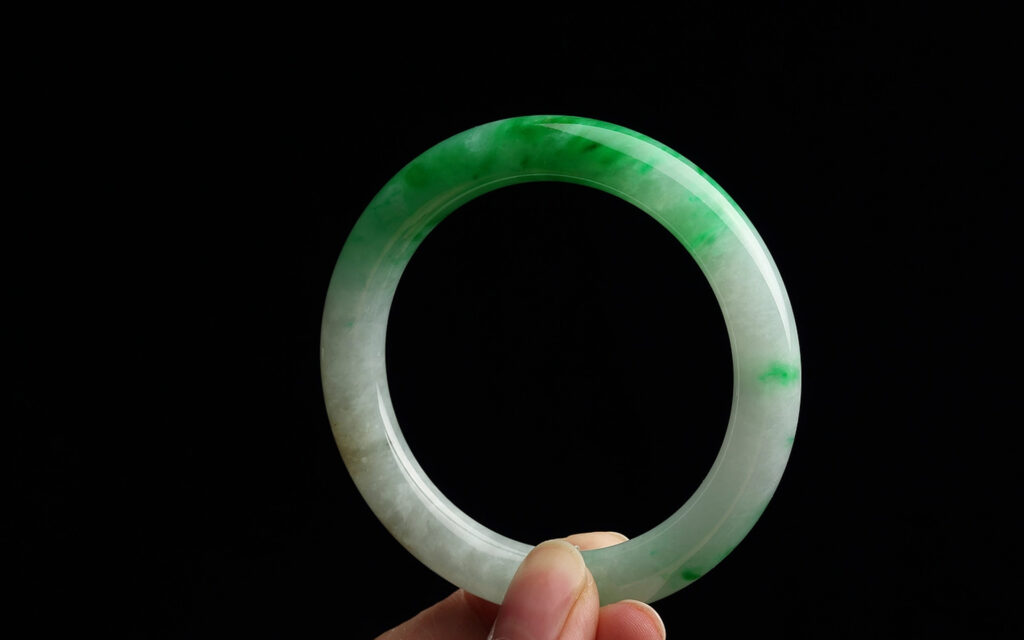
V. Appraisal Methods: Evaluating Value Through Oiliness, Fineness, Water Quality, and Color
Hetian Jade: Prioritize Oiliness and Fineness, Followed by Color and Flaws
When appraising Hetian jade, the primary focus is on the material’s oiliness and fineness. Oiliness is a crucial indicator of quality; a piece with excellent oiliness feels smooth and slippery to the touch, as if coated with a layer of oil. Fineness reflects the compactness of the jade’s internal structure; fine-grained Hetian jade exhibits uniform texture without noticeable granularity. After evaluating oiliness and fineness, one then examines color and flaws. Ideal Hetian jade features pure, even coloration, with minimal imperfections.
Jadeite: Transparency and Color Take Precedence, with Luster and Craftsmanship as Supporting Factors
For jadeite, the transparency of its “water” and its color are the key factors influencing its value. Jadeite with good “water” possesses high transparency, allowing light to pass through beautifully and creating a crystal-clear effect. Regarding color, green is the most prized hue, and the depth, intensity, and uniformity of the green all affect the jadeite’s value. After assessing translucency and color, examine surface luster and carving craftsmanship. The surface luster should be bright yet soft, while the carving must be meticulous and fluid, showcasing the jadeite’s aesthetic and artistic value.
As outlined above, Hetian jade and jadeite exhibit distinct differences in appearance, composition, color, carving themes, and appraisal methods. Each possesses unique charm and value—whether the warm elegance of Hetian jade or the vibrant allure of jadeite, both captivate the heart. We hope that after understanding these distinctions, fellow jade enthusiasts can more accurately appreciate and identify Hetian jade and jadeite, ultimately discovering their cherished jade treasures.